
Safety & Surface Technician
Skip to section:
About the role Career Progression and training Salary and benefits Entry requirementsAs a Safety & Surface Technician you will be responsible for keeping our aircraft and equipment in peak operational condition.
- ServiceAir Force
- SpecialisationEngineering and Technical Trades
- LocationVaried
-
Starting Trade Training$64,177
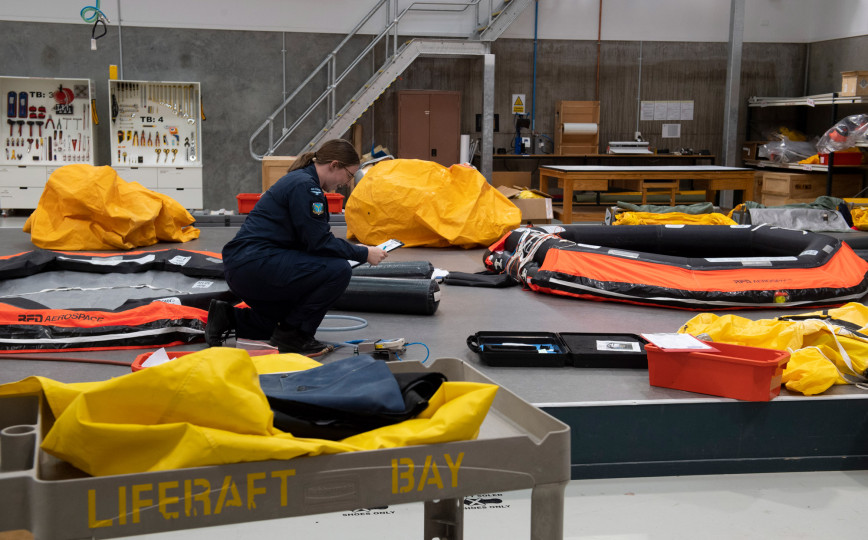
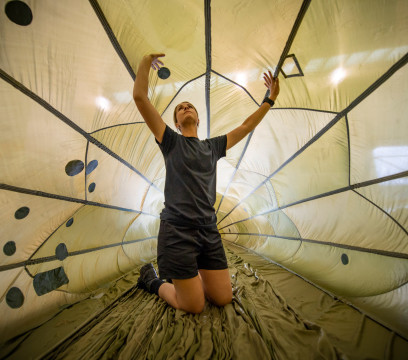
About the role
S&S Techs have one of the most varied roles in the Defence Force. The name Safety and Surface has proud historical roots reaching back to its origins with the Royal Air Force of Great Britain. However these days, Safety and Surface is essentially the banner for three aeronautical engineering specialisations carried out within our Air Force.
- Aerial Delivery Equipment: This includes parachute rigging (repair and maintenance) for all personnel and cargo parachute systems. This is essential work to allow insertion of specialist operators, equipment and supplies into operational theatres, or to provide humanitarian aid and disaster relief.
- Aeronautical Finishing: This includes removal and application of surface finishes as well as associated repair and manufacture of aeronautical fabric and upholstery components. This is necessary to protect our aircraft from the variety of environments we operate in and keep them looking great.
- Aeronautical Life Support Equipment: This includes maintenance of aircrew helmets, oxygen and smoke masks, life preservers, flying clothing, immersion suits, life rafts, and helicopter emergency floatation systems. This is required to enable aircrew to carry out flying operations and keep our aircrew safe.
The work of S&S Techs requires exceptional care and attention to detail. Some of your work is on display every day, and the work hidden out of sight needs to be to the highest standard in order to save lives.
Job on base
As a S&S Tech you will work in a variety of roles carrying out Aeronautical Finishing tasks, repair and maintenance of Aerial Delivery Equipment and Aeronautical Life Support Equipment to allow aircraft and aircrew to meet the demands of flying operations.
Job on deployment
When an aircraft and their crew deploy overseas they require the same maintenance they need on base. As a qualified S&S Tech you will have the opportunity to be part of the deployed maintenance team supporting overseas operations and exercises.
Last line of defence
Ensuring perfection - the role of the Safety & Surface Technician
The saying goes that you’re having a bad day if you need some of the gear the Royal New Zealand Air Force's Safety and Surface team looks after.
On any given day, we're doing a range of different things. From painting an aircraft to packing a parachute.
Career Progression and training
Career Progression
Basic Training
Job Training
Throughout your career you will continually hone your trade skills. Once you are proficient, you will assist junior technicians in developing their skills and experience, and you will be responsible for maintaining the high standards of your team. Further courses will provide you with the skills to expand your responsibilities and allow you to participate in exercises and conference with experts from around the world. Later you will have opportunities to become an instructor and be part of the management team leading S&S through the ever-changing environment, as a member of a committed and capable Defence Force team.
Upon successful enlistment into the Air Force you will be posted to RNZAF Base Woodbourne (near Blenheim) for your Recruit Course. Here you will do 12 weeks of basic military training to find out if you’ve got what it takes to be in the Air Force, and learn various subjects including:
- Organisation and Administration
- RNZAF Customs and Protocol
- Drill and Parades
- Military Field Skills and Weapon Training
- First Aid, and Search and Rescue Techniques
- Physical Fitness
- Teamwork and Self Discipline
SAFETY AND SURFACE (S&S) TRADE TRAINING
After completing Recruit Training, Safety and Surface Mechanics begin a training program at RNZAF Bases Auckland, Ohakea and Woodbourne.
TRAINING BREAK DOWN
Aeronautical Engineering Fundamentals Course
After your Recruit Course, you will complete a full-time 20-week Aeronautical Engineering Fundamentals Course. This covers core knowledge and skills for aeronautical engineering, including:
- Construction materials
- Science
- Workplace safety
- Tools and machinery
- Maintenance practices
- Maintenance processes
S&S Primary Trade Training (RNZAF Base Woodbourne)
Your 18-week primary training course provides the knowledge, skills and attitudes required to carry out general Safety and Surface trade practices. These skills include ropes, knots and splices; sewing machine use and maintenance; and upholstery fabric work such as the manufacture and repair of aeronautical fabric components.
S&S Modular Training Courses (RNZAF Bases Auckland and Ohakea)
The below courses may be scheduled in any order, though each includes a period of on-the-job consolidation.
Aerial Delivery Equipment
This 5-week course teaches you the skills for maintaining aerial delivery equipment, including personnel and cargo parachute systems, and its ancillary equipment. This course is followed by approximately 7 months of consolidation at RNZAF Bases Auckland and Ohakea Aerial Delivery Sections.
Aeronautical Surface Finishing
This 14-week course will provide the knowledge and skills required to maintain painted aeronautical surfaces. This includes:
- Surface finishing preparation (plastic media and chemical coating removal, pre-treating surfaces and corrosion control),
- Application of aeronautical coating systems (painting and refurbishing of aircraft, aeronautical components and equipment),
- Application of non-aeronautical coating systems (painting and refurbishment of ground support equipment), and
- Application of aeronautical markings (computer-generated designs, decals and stencils).
This course is followed by approximately 5 months of consolidation at either of the Aeronautical Finishing Sections at RNZAF Base Auckland or Ohakea.
Aeronautical Life Support Equipment
This 10-week training course covers two disciplines: Personal Flying Clothing (aircrew helmets, flying clothing, life preservers and aircraft emergency packs) and Inflation Equipment (life rafts, helicopter floats and CO2 cylinder charging). You'll consolidate your knowledge over 5 months by utilising your new skills at an Aeronautical Life Support Equipment maintenance section or one of the RNZAF operational squadrons.
Once you have graduated from all the Safety and Surface training modules you will be employed at one of the RNZAF Bases putting your newly learnt and consolidated skills to use in one of the Safety and Surface maintenance bays, aeronautical surface finishing sections or an RNZAF operational squadron.
QUALIFICATIONS
After completing the training progression you will be eligible to receive the following national certificates:
- New Zealand Certificate in Aeronautical Engineering (Specialist Support) Aircraft Furnishings and Equipment Level 4
- New Zealand Certificate in Aeronautical Engineering (Specialist Support) Aircraft Painting Level 4
Rank progression for the Safety and Surface Technician Trade provides the following management qualifications:
- NZQF National Certificate in Business (First Line Management) Level 3
- NZQF National Certificate in Business (First Line Management) Level 4
- NZQF New Zealand Certificate in Aeronautical Engineering (Production Control) Level 6
- NZQF New Zealand Diploma in Aeronautical Engineering (Technical Support) Level 6
Further formal courses and on-the-job training, including attendance at conferences and exercises, will keep you at the forefront of your chosen career.
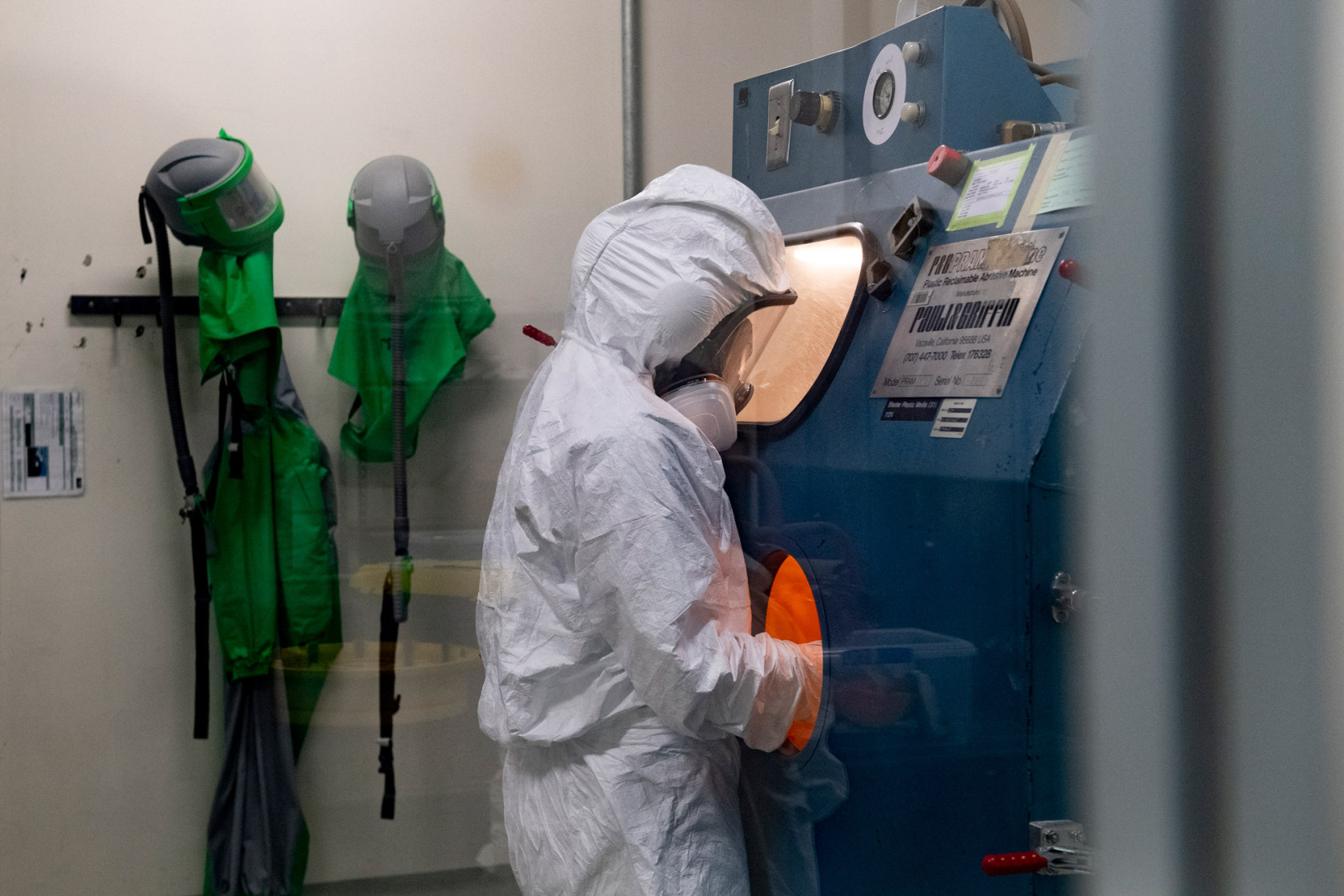
Salary and benefits
Careers in the Air Force are well-rewarded, as well as being diverse and exciting. As you become more experienced and move up through the ranks, gaining additional skills and qualifications, you will see your salary rise accordingly.
$50,597
Under Initial Training
$64,177
Starting Trade Training
$122,331
Future Potential Earnings
Figures updated on July 1st 2023
Benefits and allowances
Earn a competitive salary while training or learning your trade, along with additional allowances for time spent in the field, at sea, overseas, or deployed on operations.
In addition to salary and allowances, other benefits of joining the New Zealand Defence Force include:
Access to your Service marae or tūrangawaewae
Sponsored tertiary study programmes at all levels
Free access to gyms and swimming pools on camp and bases
Opportunities to travel
Free and subsidised medical and dental care
Subsidised food and accommodation on camps and bases
Free and subsidised insurance cover
Help to buy a home and save for retirement
Entry requirements
Basics
Education
Fitness and Medical
Citizenship
Period of Service
- You must be 17 years or older.
- Meet the citizenship & security requirements to gain CV security clearance for this trade.
Minimum: 3 years secondary school. Note, qualifications may be used to assess trade suitability.
Find out more about the NCEA levels and certificate requirements
- You must be medically fit for service.
- Colour perception restrictions may apply.
There are strict citizenship and security requirements to gain the required CV security clearance for this trade.
There may be a return of service period for this trade.
Please contact our 0800 number or talk to your Candidate Experience Facilitator for more information.

Ready to start your Air Force career?
Other jobs you might like
You can also browse jobs by specialisation to narrow down your search.
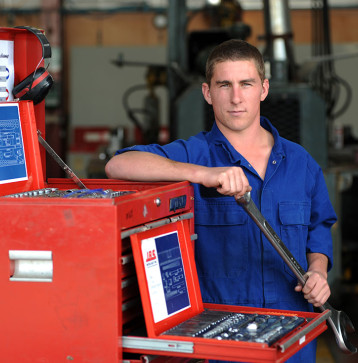
Applications Open
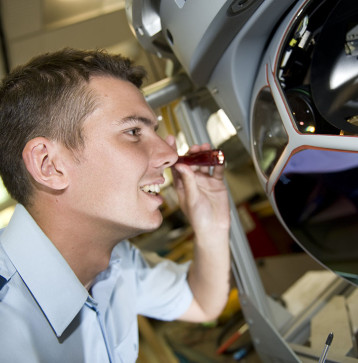
Applications Open
